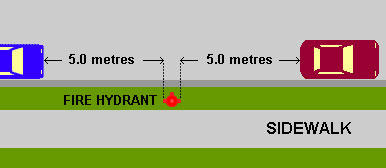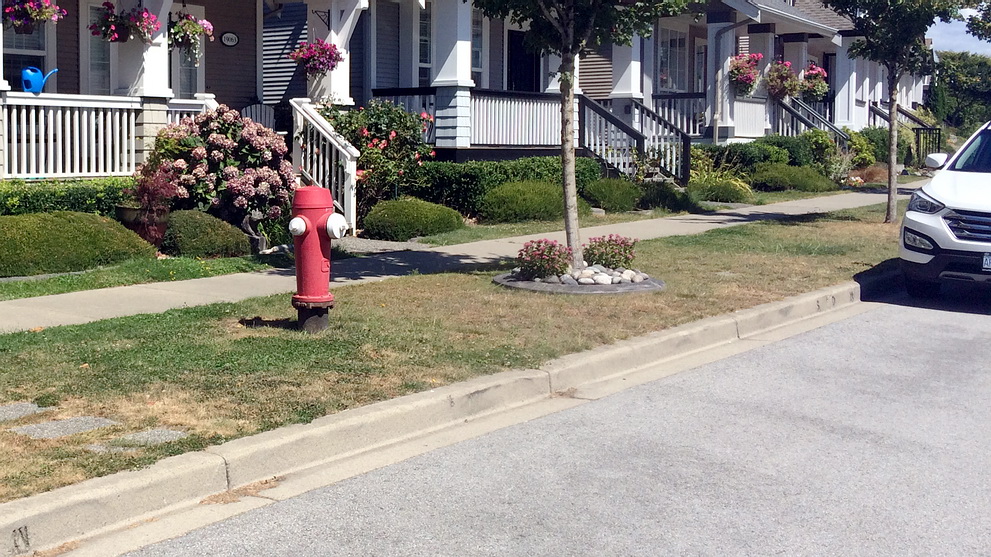A solution to Metro Vancouver’s street parking shortage could be staring governments right in the face.

Fire chiefs and city engineers have said that cutting the no-parking zones around fire hydrants in half could potentially free up hundreds of new spaces, particularly in increasingly dense areas like Surrey and Coquitlam.
Surrey’s fire chief said he sees no practical reason why the current clearance zone of five metres on either side of the hydrant can’t be reduced to 2.5 metres.
“Five metres is a bit excessive,” Chief Len Garis said. “We could probably cut that in half and be quite comfortable.”
Garis said Surrey’s engineering department asked him whether firefighters really needed five metres, which caused the chief to make some quick calculations.
“Five metres, that’s 15 feet, that’s a car length,” he realized.
By reducing the clearance by 2.5 metres on each side, that could potentially mean a new parking spot for each reduced zone, Garis said.

Surrey has roughly 9,000 hydrants, although Garis estimated about half of them are on corners, making it unlikely a parking spot could be created in those areas. But the rewards would still be great.
To find out more, Garis, who’s also a professor at the University of the Fraser Valley, conducted a research project on the issue, which found that firefighters would only need a minimum of two metres of clearance to safely access a hydrant.
The report said that while five metres were originally recommended to allow firefighters to visually spot hydrants from a distance, GPS and other modern technologies have made it easier to find hydrants without visual aids.
The findings were presented at a convention for B.C. fire chiefs last year, along with similar results of internal studies conducted by fire departments.
- ‘It’s just without reason’: Friends, community still reeling after White Rock murder
- Unique simulator helping B.C. aerial firefighting crews prepare for tough summer
- White Rock fatal stabbing suspect and victim may have been in physical altercation: IHIT
- B.C. to ban drug use in all public places in major overhaul of decriminalization
The chiefs passed a resolution supporting a decrease in the clearance zones unanimously.
The resolution has been passed to the province along with a proposal from city engineers through the Regional Engineers Advisory Committee.
The proposal calls on the BC NDP to amend the Motor Vehicle Act.
Garis is confident the government will see the issue the same way.
“I think it’s a good example of evidence-based decision making” if the change ends up passing, he said. “It’s looking at the status quo and it’s saying, ‘Do we really need that?’
“It doesn’t compromise safety and it gives individuals a place to park.”




Comments